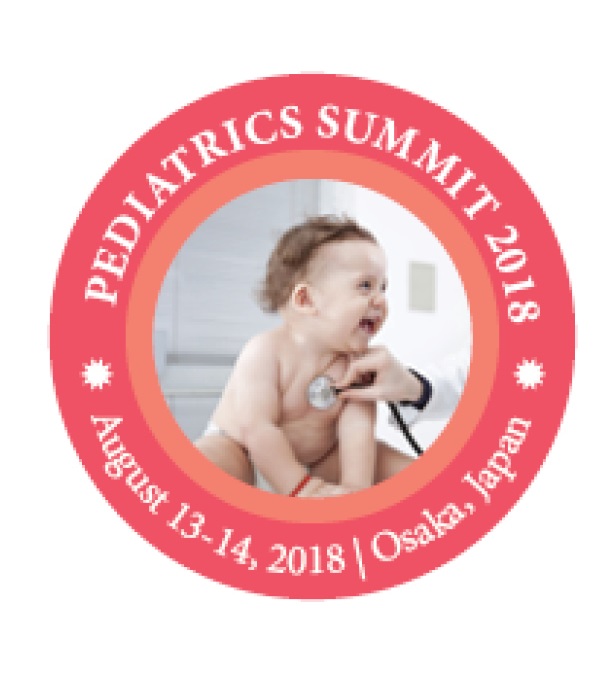Mamta Jajoo
Chacha Nehru Bal Chikitsalaya, India
Title: To study the association of vitamin D level in late onset neonatal sepsis in level III out born NICU of India
Biography
Biography: Mamta Jajoo
Abstract
Introduction & Aim: Systemic infection is one of the leading causes of mortality and morbidity in the neonates and is responsible for about 30-50% of the total neonatal deaths in developing countries. Vitamin D is a steroid hormone and has important eff ect on immune functions as it enhances innate immunity and also regulates the acquired immune response: (1) To assess vitamin D level in neonates with late onset sepsis and compare it with the vitamin D levels of healthy controls and also see the correlation of Vitamin D levels with sepsis and (2) to study the correlation of maternal and infant vitamin D level.
Methods: Th is observation study was conducted from September 2015 to February 2016 in a neonatal intensive care unit (NICU) of a tertiary care hospital. Out born term and late preterm neonates of >7 days and less than 28 days, with signs and symptoms of severe sepsis with positive sepsis screen were enrolled as cases and neonates with the same gestational age and/or weight without sepsis were enrolled as controls. Neonates in whom there was history of previous hospitalization for more than 48 hours and whose calcium profi le was abnormal were excluded. At the time of admission sepsis screen, blood culture, urine C/S, CSF culture and chest X-ray was done. Levels of 25-OHD were assessed by chemiluminescent immunoassays method, by using Beckman Access 2 Immunoassay System (Germany). All neonates were further evaluated as pneumonia, meningitis, UTI or blood culture +ve sepsis and followed till discharge or death. Odds ratios were used to measure the association between vitamin D defi ciencies in neonatal sepsis in comparison to healthy controls.
Results: Total 421 neonates admitted to NICU from September 2015 to February 2016, out of which 120 fulfi lled the inclusion criteria. Only 60 consecutive neonates were included in the study as cases and 60 neonates with same gestational age and or weight with septic screen negative were enrolled as controls. Out of 120 infants, 77 (64%) were male and 42 (36%) were female. Th e mean age of presentation for study and control group was 15.53±6.429 days and 13.48 ±6.738 days, respectively. Mean weight and gestation age in both case and control group were comparable. Mean duration of hospital stay for study group was 10.68±8.11 days and for controls it was 3.30±0.77 days. Mean gestation age at admission for case and control was 37.78±1.66 and 37.68±1.82 weeks, respectively. Th e mean serum 25(OH)D concentrations in neonates with LOS (study group) was lower (15.37±10) than those of the healthy neonates (21.37±9.53) (p<0.05) with an Odd’s Ratio of 1.7. Maternal vitamin D level was also statistically signifi cant in both study and control group.
Conclusion: Vitamin D levels <30 ng/ml has high association with late onset sepsis. Treatment should be aimed for early detection of vitamin D defi ciency and timely supplementation in neonates with sepsis.

